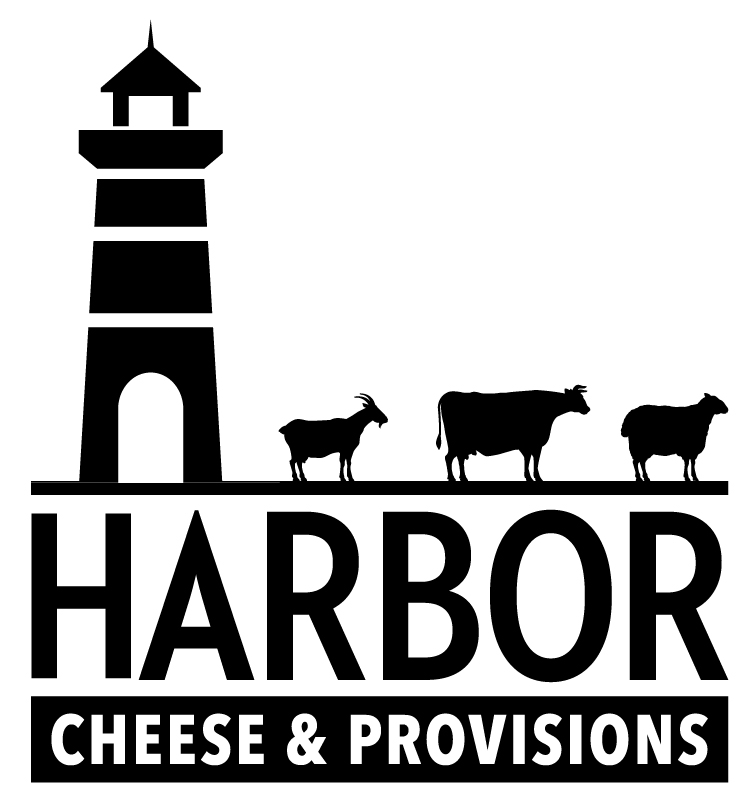You Probably Won't Destroy Your Party (How I Pair Wine and Cheese)

"So...What wine should I buy for all this?" might be the most frequent question I am asked about what to do with cheese. They're never quite sure about the why/where/when of how to put out their cheese and wine for a party. As if this incredibly confusing ordeal might lead down a path of pairing a Pinot Grigio with an Epoisses causing their table to explode right in front of them. While that would be entertaining on a Diet Coke/Mentos kind of level I have to say that the concept that a wine/cheese pairing could go wrong other than "meh" is overblown. You're not going to die. You're not going to blow up your table. You won't ruin relationships or have to endure decades of gossip. What most people will remember is "Yum! Wine and Cheese!"
At the heart of the question about pairings is a desire towards a more conscientious way of eating. People speak about mindful eating and mindful consuming. Having a relationship to it beyond just “This is wine. This is cheese.” Knowing how your food and drink interact is the first step along the way. Just shoving Cheetos in your face and washing it down with Carlo Rossi Wine - which frankly I wouldn't put down, it’s how I got through 21 - is a start. You can easily get to the next level.
The classic pairing people will gravitate towards is that white wine is best. This has been reflexively beaten into us - white wine for cheese and fish, red wine for meat. I don't agree. At all. Reds, whites, sparklings. They all have their favorite companions. Here are some other ways to approach a successful pairing.
Texture
When developing a pairing I start with a consideration of texture. Wine is more than simply wet and cheese is more than simply firm. Think of a sparkling wine vs. a red wine. The first thing we think of in sparkling wine are the bubbles, the effervescence. There's more. There are soft bubbles, hard bubbles, larger bubbles, smaller bubbles. Some sparklings have a velvety taste with a soft edge. Some can have a harsh abrasive texture assaulting your palate or tongue. Situations like that - with any sparkling wine - I gravitate towards cheese with a higher fat content. That very effervescence acts as a mechanism to help cleanse the palate from high fat triple crèmes like Brillat Savarin or thick gooey Epoisses.
Conversely if you go with a very full bodied red - think a thick cabernet sauvignon - there is a full mouth feel displaying a beginning, middle and end. You may have a wine with an initially dense body continuing into a drier tannic feel. Or perhaps it ends in a clean finish. A dense start will need a more acidic cheese to cut through it - think of a fresh, young goat cheese. A clean finish is a great companion to clean sheep's milk cheeses.
Flavor
Prioritizing texture over flavor can seem backwards to some but - clearly - I find it helps me work through potential pairings quickly. Often I find the most clashing items will be ones where the textures didn't work with one another at all. One was overpowering of another. Texture of cheese has a defined movement to it. It will be crunchy or creamy or silky. The influence of the wine will have little effect on the overall mouthfeel but it will change the flavors that you pull out and feature; Flavors can be boundless. The very presence of a far more complex flavor bouquet on wines and cheeses presents more opportunity to find notes that complement.
When developing flavor combinations I zero in on some favorite combinations. Peppery Pinot Noirs to deep, butterscotch aged Gouda. Sweet apple ciders to earthy, mushroomy camemberts. Floral roses to bright, lemon-scented fresh chevres.
What Grows Together Goes Together
My final consideration when developing a tasting flight is the concept of “What Grows Together, Goes Together”. The culinary theory used by chefs and sommeliers alike is that if an ingredient or dish is native to a region then its corresponding regional wines will be a likely compliment. For example, if you are indulging in a Marseilles-inspired seafood stew spiced with tomatoes and saffron then a corresponding Provencal Rose would be appropriate.
Taking this concept a step further we can extrapolate wines to cheeses. Continuing with pairing a Provencal Rose we would do well pairing it with a classic banon or leaf-wrapped young goat cheese for a classic French combination. We can continue that further, taking the lessons of these techniques into the US. Several US cheesemakers like Capriole in Indiana make banon-inspired cheeses (i.e. O’Banon). Pair that French-inspired technique to a New York rose like Wolffer Estate’s rose and you have a New World-twist on an Old World technique.
Developing Your Technique
Wine and artisanal cheese are rife for exploration. The steps above are in no way exhaustive but merely other guides to thoughtfully work your way through potential pairings. Find a wine merchant you love, a cheesemonger you adore, and let us know what you find along the way.
